Gimmicks. The car industry is rife with them. Manufacturers cling onto fanciful and often forged ideas of heritage like the skin on a rice pudding. But the Aston Martin Vantage Le Mans — built to mark 40 years since the marque’s landmark victory at La Sarthe in 1959 — was different. In fact, as commemorative models go, we don’t think they come much better.
A daring delight
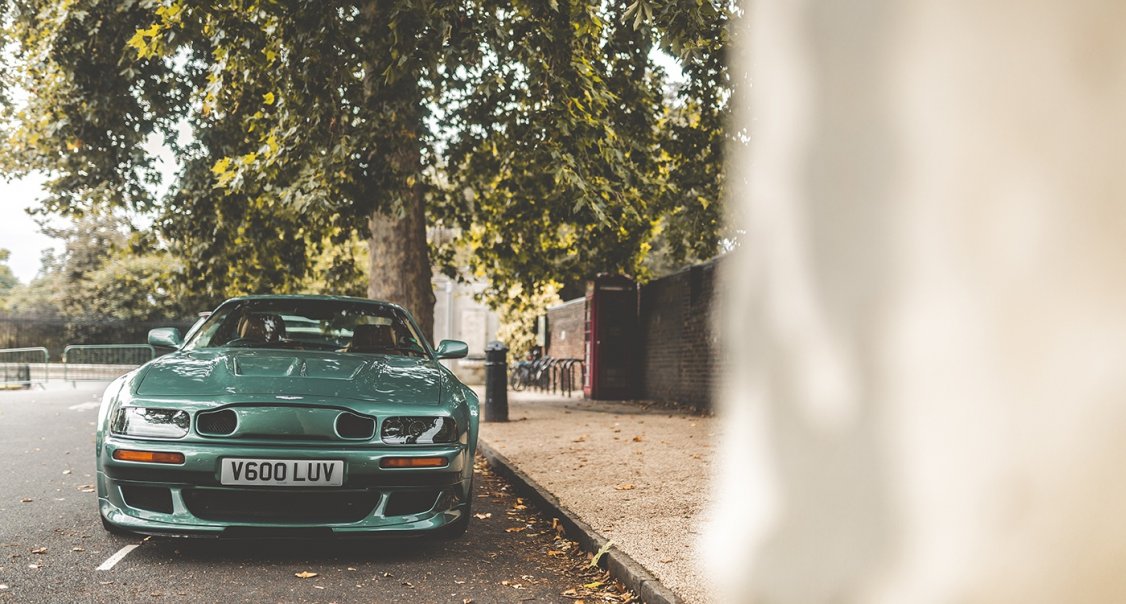
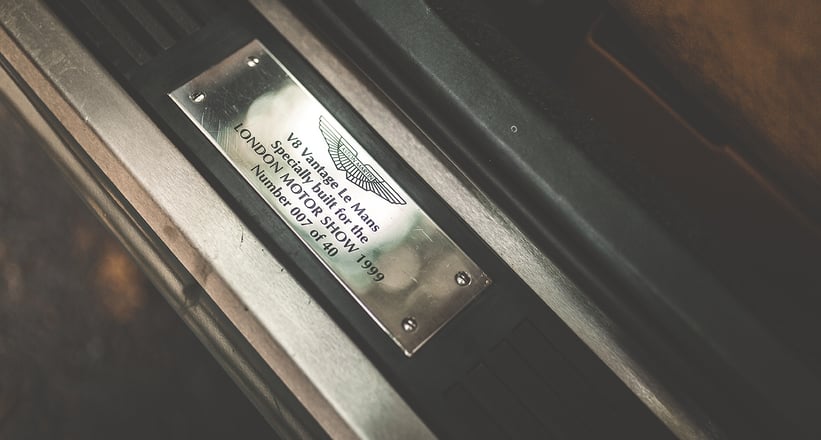

Sure, coachbuilding 40 supercharged, 600bhp, rear-wheel-drive supercars in the face of new industry trends and legislation might have seemed as pointless as a new ‘special-edition’ hatchback adorned with nothing more than a numbered plaque and a bumped-up price tag. But its ridiculousness was sort of the fun of it. It probably had no right to exist, but it does, and it’s incredibly special.
Not only was the Vantage Le Mans the final properly ‘coachbuilt’ Aston Martin, but really, it was also the final properly ‘coachbuilt’ production car. While the Vanquish that followed was assembled by hand in Newport Pagnell, its chassis was engineered externally and the body panels were outsourced. Everything about the Le Mans, however, was designed and built by Aston, from the hand-beaten aluminium body panels to the twin-supercharged engine.
Ice age survivor
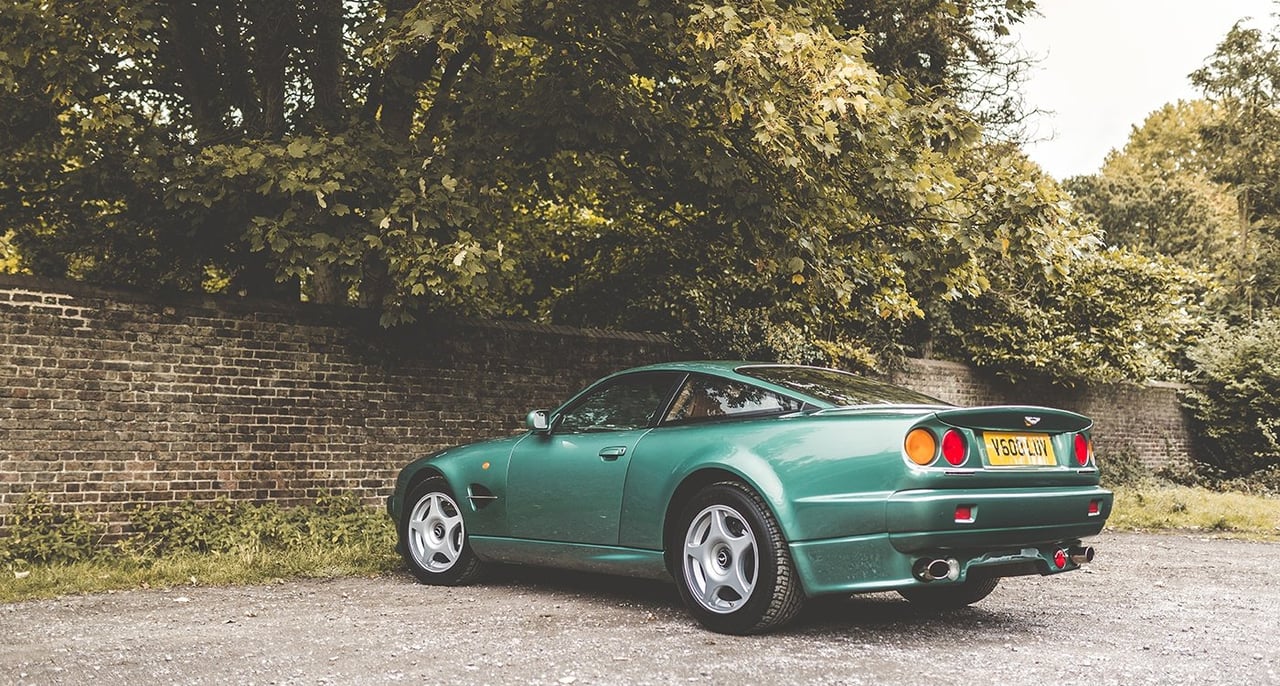
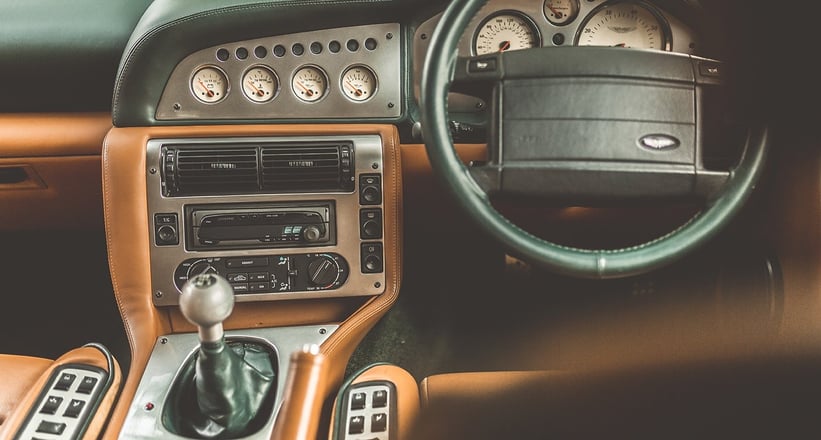
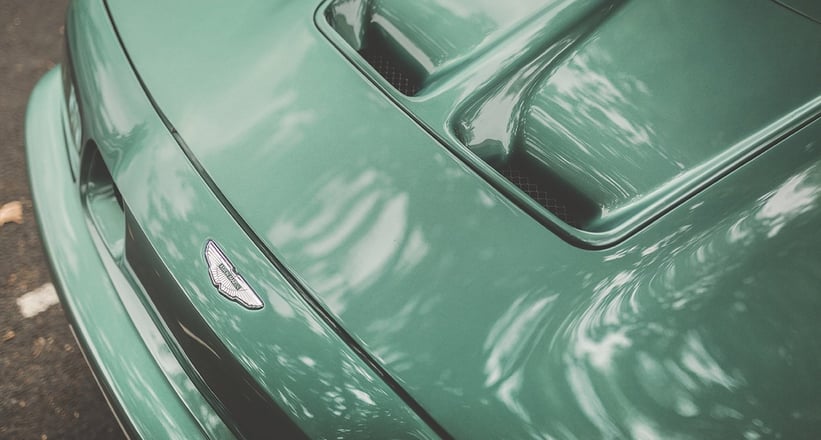
“People used to come to the factory, before the days of having to wear yellow jackets and hard hats, and we’d show them the guys welding the chassis on the jig, beating the panels, painting the cars, and assembling the engines,” recalls Nicholas Mee, who’s offering this fabulous example (the 1999 Earls Court show car, no less) for sale. “At the end, they’d quite frequently say they didn’t know how we built the cars for the price they were being sold at.” Change was afoot in the industry in the late 1990s, and this was a fitting final flourish from a long era of manufacture — an ice age survivor if you will.
According to Mee, the Le Mans — with its unique nostrils and aggressive lumps and bumps — was essentially how the supercharged Vantage was conceived. “When the car was in its infancy, and I was still at Aston Martin, I distinctly remember talking to Victor Gauntlett about it,” he comments. “He’d always considered it a spiritual successor to the Bentley ‘Blowers’ of the 1930s. If you think back to that time, was it really a sensible idea to take a big, heavy car and strap a supercharger to it? Or would it have been wiser to go down the Bugatti route and make it lighter and more sophisticated? Regardless, it actually worked, and so, too, did the Aston.”
Skin-deep

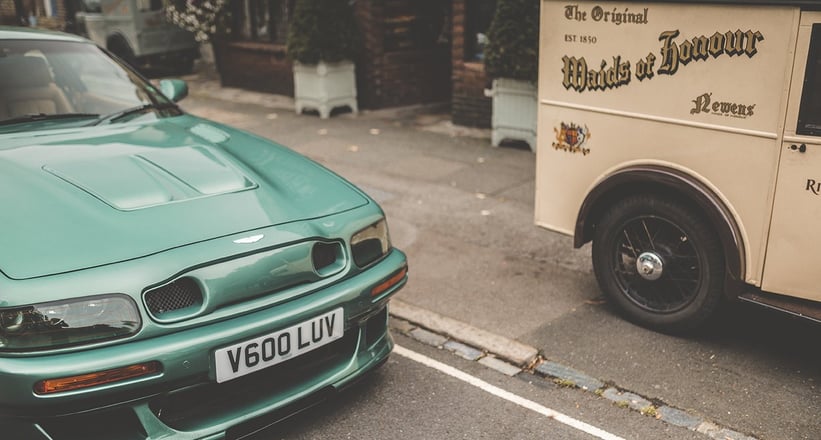
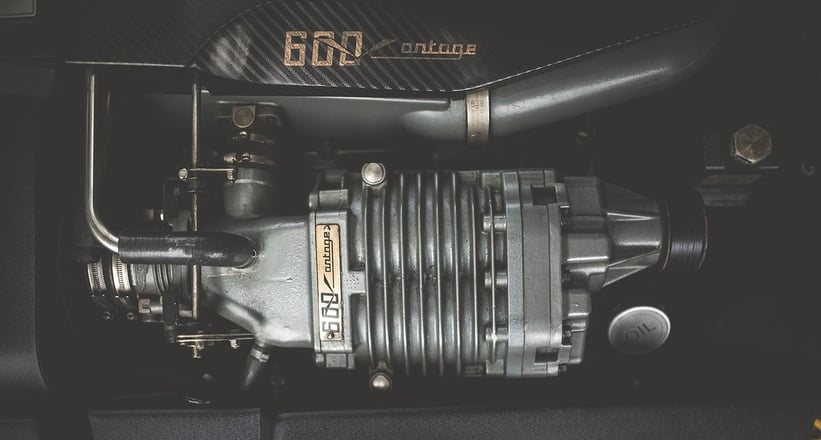
If the Aston Martin Racing Green paintwork and the special side vents are a nod to the legendary DBR1, then that’s where the similarities end. At the time, Aston boasted that the Le Mans was three times as powerful as the 1950s sports racer, and the figures (0–60mph in 3.9 seconds and 0–100mph in 10 seconds, if they were to be believed) were mighty, particularly considering the car weighed nigh-on two tonnes dry. Beneath the surface, too, were modifications, such as ventilated disc brakes and stiffer anti-roll bars.
Mee describes the car as a 200mph living room, and after just a few miles in the driver’s seat, you understand exactly why. The cabin is a melee of luxury and purpose — the short-throw, five-speed gearbox, drilled pedals, titanium dash trim, and enlarged rev counter appear to contradict the plush Connolly hide and the armchair-like seats. You can tell there was a bit of a parts bin raid, too. Did you know the steering wheel is from a Lincoln Continental?
The quintessential Grand Tourer



All this melts away when you’re on the move, though. This is both an extremely comfortable and miraculously fast car. You’d think that, with the pair of superchargers bolted to the all-alloy 5.3-litre V8, the power would arrive by the skip load. But quite the contrary — the abundance of torque makes pootling around town and negotiating busy dual carriageways a breeze. And when the road sprawls out long enough ahead of you to pin the throttle, the small of your back is squeezed with such ferocity that you don’t so much as drive as hold on for dear life. For a two-tonne luxury Grand Tourer, it beggars belief.
Incidentally, it’s pretty good at Grand Touring, too. “I’ve done a lot of continental journeys in the V600, and it’s a car in which, if you were allowed, you could sit all day long at 140mph, reach your destination, and not feel fatigued,” Mee comments. “You’ve got a boot, a big comfortable chair, air conditioning, and acres of power — it’s a Grand Touring car in the grandest sense.” Especially for the Le Mans, Aston Martin neatly fitted a road map of Europe, highlighting the route from Newport Pagnell to La Sarthe, in the armrest, along with a torch.
Legacy, longevity
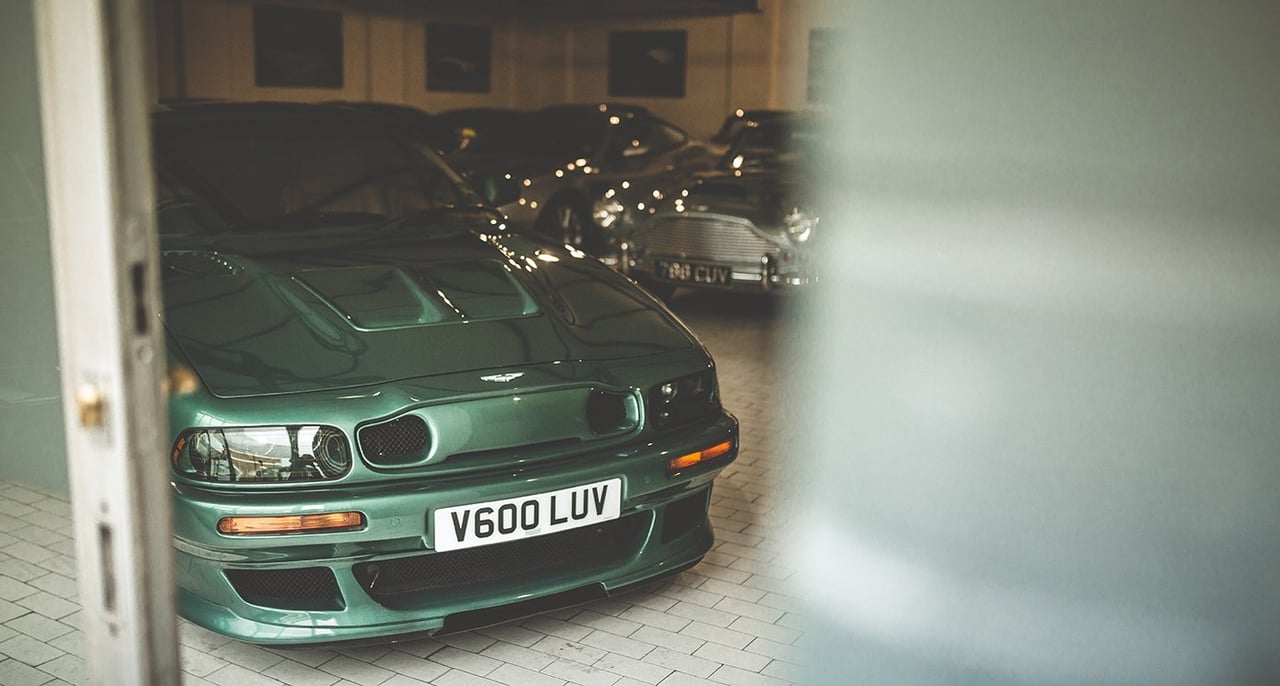
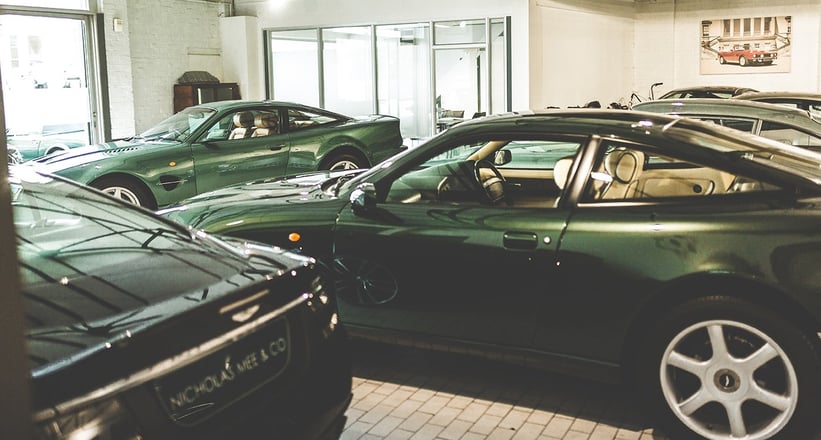

So, the Vantage Le Mans is the final purebred Aston Martin, built for no apparent reason other than to herald the end of an era full of peaks and troughs for the great British company. “It’s anachronistic — the distillation of close to 30 years of the V8 models and 50 years of building cars in such a way,” concludes Mee. “There’s no other way to describe it than era-defining.” Legacies are rarely as strong, and commemorative models are rarely as genuine. And in which other car can you wear a Savile Row suit yet still feel like you’re on Les Hunaudieres?
Photos: Rob Cooper for Classic Driver © 2017










































